The early morning air in Johor Bahru has a unique stillness. Before the city fully awakens, a different kind of energy begins to stir in the neighborhood of Taman Daya. Along Jalan Pinang, the quiet streets transform. Metal shutters rattle open, canvas awnings unfold, and the gentle hum of conversation builds into a symphony of commerce and community. This is Pasar Pagi Taman Daya, the morning market, and it is the lifeblood of the neighborhood.
For the traveler seeking to explore JB beyond its routine activties, the morning market is an essential experience. It is a living museum of daily life, a vibrant pantry of local flavors, and a place where culture is not just displayed, but practiced. This guide will walk you through visiting the Pasar Pagi Taman Daya, a market cherished by locals (and myself as well).
I want to share this part of my JB experience with you, it’s a regular staple for me during my fortnightly trips here to visit my Grandma – do take the time to read this article and consider adding it into your itinerary!)
🗺️ Planning Your Visit: Essential Info for You

A little planning ensures a smooth and rewarding visit. The Pasar Pagi Taman Daya is a straightforward destination, but knowing these details will help you arrive with confidence.
Location: The market lines Jalan Pinang in Taman Daya, 81100 Johor Bahru, Johor. It is a well-known landmark for locals in the area (we have just been addressing this place as Pinang)
Operating Hours: The market is open every day except Monday. Vendors typically start setting up around 6:00 AM and begin to pack up by 11:00 AM.
Best Time to Visit: Aim to arrive between 7:00 AM and 9:00 AM. This is when the market is at its most vibrant. The air is still relatively cool, the selection of food is at its peak, and the energy is palpable. Arriving earlier lets you see the market come to life, while a later visit might mean some popular food items are sold out or some stalls closing up.
Getting There:
Ride-Sharing: Using a service like Grab is the most convenient option for visitors. Simply input “Pasar Pagi Taman Daya” as your destination.
Driving: If you have a car, be aware that parking can be a challenge. Arrive early to find a spot in the residential streets surrounding the market.
What to Bring:
- Payment: Bring small denominations of Malaysian Ringgit (RM1, RM5, RM10 notes) to make transactions easier for the vendors. Or even better – make sure you have your Touch ‘n Go eWallet ready as most vendors have accept payment via QR codes or transfers.
- Reusable Bags: Pack a tote bag or a small backpack for your purchases. This is more sustainable and easier to carry than multiple plastic bags.
🥢 Navigating the Aisles: What to See, Smell, and Taste
 Snacks
Snacks Fresh Produce
Fresh Produce Clothes
Clothes
The market is a sprawling, open-air affair. Stalls are arranged in two rows, and two of these come together to form an L shape, creating lively corridors filled with shoppers. Take your time and just follow the crowd. Make sure you look both left and right and not miss anything interesting! You will find everything from the basic building blocks of a home-cooked meal to nostalgic snacks that offer a taste of a Malaysian childhood.
Fresh Produce and Proteins
This is the core of the market. Here you will see the building blocks of Malaysian cuisine in their rawest form.
- Lush Greens: Piles of kangkung (water spinach), sawi (mustard greens), and other leafy vegetables, fresh and ready for a quick stir-fry.
- Tropical Fruits: Look for seasonal delights like sweet mangosteen, hairy rambutan, and vibrant dragon fruit alongside everyday staples like bananas and pineapple.
- Aromatic Spices: Stalls selling fresh turmeric, galangal, lemongrass, and fiery chilies perfume the air, forming the flavor base of countless local dishes.
- Seafood and Meat: You will find vendors selling fresh fish shimmering on ice, plump prawns, and chickens, giving you a direct look at the key ingredients for local curries and soups.
The Workshop: Ingredients to Cook Your Own Meal
For those staying in an apartment with a kitchen, or for the culinarily curious, this section is a treasure trove. It is where locals gather the components for their daily meals.
- Yong Tau Foo: Find stalls with a wide assortment of yong tau foo, which are vegetables and tofu filled with fish paste. Shoppers pick their favorite pieces – like bitter gourd, okra, chilies, and various types of tofu, which are then paid for by the piece to be taken home and cooked in a soup or served dry.
- Noodles and Grains: You can buy fresh noodles of all kinds. Look for flat rice noodles (kway teow), thin rice vermicelli (bee hoon), and delicate wheat vermicelli (mee sua).
- Soup Bases and Spices: Alongside fresh ingredients, you’ll see vendors selling pre-packaged soup bases, freshly ground chili paste (sambal), and aromatics like fried shallots and garlic to easily enhance your cooking.
Ready-to-Eat Snacks and Simple Cakes
This part of the market is perfect for immediate gratification. It is filled with simple, beloved treats that locals have enjoyed for generations.
- Childhood Snacks: Keep an eye out for stalls selling nostalgic Malaysian snacks in clear plastic bags or tubs. These often include:
- Iced Gem Biscuits: Tiny, flower-shaped biscuits topped with a hard, colorful swirl of sugary icing.
- Spin Crackers: Savory, wheel-shaped crackers that are a crunchy, addictive favorite.
- Tapioca Chips: Thinly sliced and fried cassava root, often seasoned with chili or other spices.
- Simple Cakes and Breads: Beyond the traditional kuih, you will find vendors selling simple, comforting baked goods. This includes fluffy butter cakes, marble cakes, and soft buns perfect for a quick and easy breakfast
Local Delicacies & Street Food
This is where the real culinary adventure begins. Look out for the prepared foods, perfect for an on-the-go breakfast – ranging from fried carrot cake, roti bakar with bakkwa, apam balik, to chee cheong fan.
I don’t have any particular stores to recommend as I haven’t really tried a lot of them, maybe I’ll write a blog post about this another time if this one picks up!
Beyond the Food
While food is the main attraction, a true community market serves all needs. You will also find stalls selling:
- Household goods and kitchen utensils
- Inexpensive clothing and accessories
- Fresh flowers and small potted plants
Often the goods are affordable and if you spend long enough looking around, I’m sure you’ll find something to buy back home.
💭 Finding Ground in the Morning Bustle: A Short Essay
For me, the Taman Daya morning market has become more than just a destination; it is an anchor. It is a regular fixture in my trips back to Johor Bahru, a place I visit to ground myself amidst the rush of daily life. Standing in the gentle chaos, I find a unique kind of peace.
Even on my fortnightly visits, a comforting familiarity has started to build. I am already a regular customer at a few stalls. I always wave at the some uncles and aunties even if I don’t have any intention to make any purchases – small gestures like this make me feel connected. I imagine that if you were here every week, these simple greetings would deepen into closer relationships, the kind built on shared mornings and casual conversation.
This is the beauty of the market. It offers a genuine snapshot of local life, unpolished and real. The experience changes with every visit. The mood shifts with the weather; some days, the sun beats down, making the shade of the awnings a precious commodity. On other days, a cloudy sky and the chance of rain bring a cooler, more subdued energy to the aisles.
I have a small ritual when I visit with my wife. We walk slowly, our eyes scanning for anything new. We try to spot new stalls that have appeared since our last visit, or notice if a familiar vendor is trying to sell a new product they have sourced. There is a transient nature to it all. Some stalls appear once, full of promise, and are gone by the next visit. They disappear in the blink of an eye, and you are left to wonder if they have moved elsewhere or simply closed.
This market also holds a special significance because I visit it regularly with my grandmother. There is a simple, profound joy in watching her in her element. She moves with ease, following her routine of buying ingredients and preparing for the meals in the upcoming week. I enjoy seeing her independence in these small moments, the quick mental math she does each time she pulls cash from her purse, her confident chatter with a familiar vendor. And almost always, we go back with her bag full of groceries, all ready to be transformed into a scrumptious dinner for me.
Despite the crowds and the constant hum of activity, I find the walk tranquil. It is a connection to something I believe my generation is less familiar with – the kampung spirit. This is the feeling of community, of shared space, and of knowing the people you buy your food from. In the aisles of the Pasar Pagi Taman Daya, among the friendly faces and the scent of fresh food, I find a quiet, meaningful piece of that spirit still thriving.
✅ Tips for a Mindful and Rewarding Visit
To make the most of your visit, approach it with respect and curiosity.
- Go Early: I want to reiterate the benefit of an early start. You will experience the market at its best and avoid the midday heat. I always tend to go late after sleeping in and the heat is unbearable at tomes.
- Engage Politely: You do not need to be fluent in any languages. A simple “Good Morning”, a smile, and pointing will work wonderfully. Vendors are generally friendly and appreciate the interest.
- Be Patient and Observe: Do not rush. Find a spot to stand for a few minutes and just watch. See how people interact. Listen to the sounds. Notice the small details.
- Ask Before Photographing: If you want to take a close-up photo of a person or their stall, it is polite to ask for permission first. A simple gesture with your camera is usually enough.
❓ Frequently Asked Questions (FAQ)
What is the best day to visit the Taman Daya morning market?
The market is open every day except for Monday. Weekends (Saturday and Sunday) are often the busiest and most lively, offering the widest variety of stalls and food.
Is the market clean?
Yes, the market is generally clean and well-maintained. Food handling is straightforward, and vendors pride themselves on their products. However, as with any street food experience, use your judgment.
Is the market suitable for children?
Yes, the market can be a fun and stimulating experience for children. The colors, smells, and variety of foods can be very engaging. However, it can get crowded, so keep a close eye on them as they can get lost easily.

🌟Your Own Johor Bahru Story
The Pasar Pagi in Taman Daya offers a genuine alternative to the polished shine of shopping malls, inviting you to step into the simple, unscripted rhythm of a local morning. Here, travel becomes less about seeing and more about participating, even if just as a quiet observer. It is a reminder that the most meaningful experiences are often found not in grand attractions, but in the authentic, everyday moments that reveal the true heart of a place.
I’d love to hear about your own local market experiences, whether in Johor Bahru or elsewhere in the world. What hidden gems have you discovered on your travels? Share them in the comments below.
Hungry for a good breakfast/lunch nearby? Head to Kedai Makanan Kiong Kee for a delicious plate of duck noodles!
Ready to explore other parts of Johor Bahru after your Pasar Pagi Taman Daya visit?
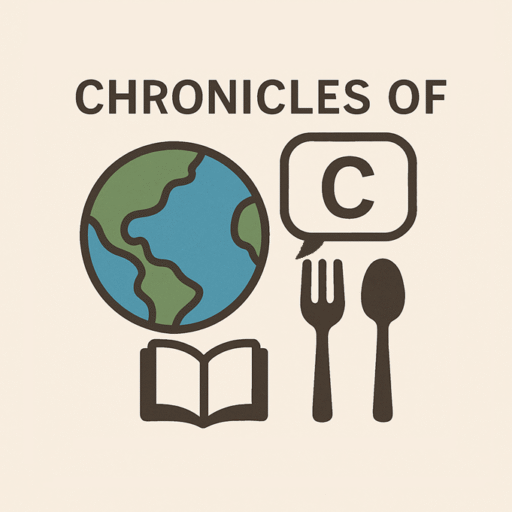

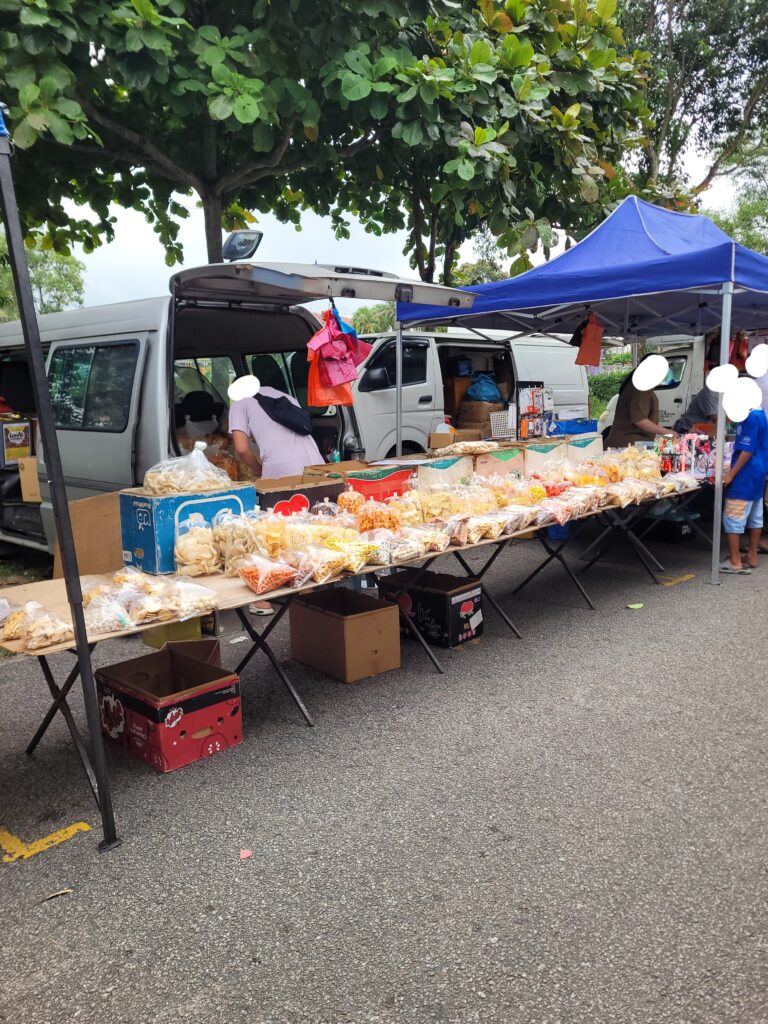
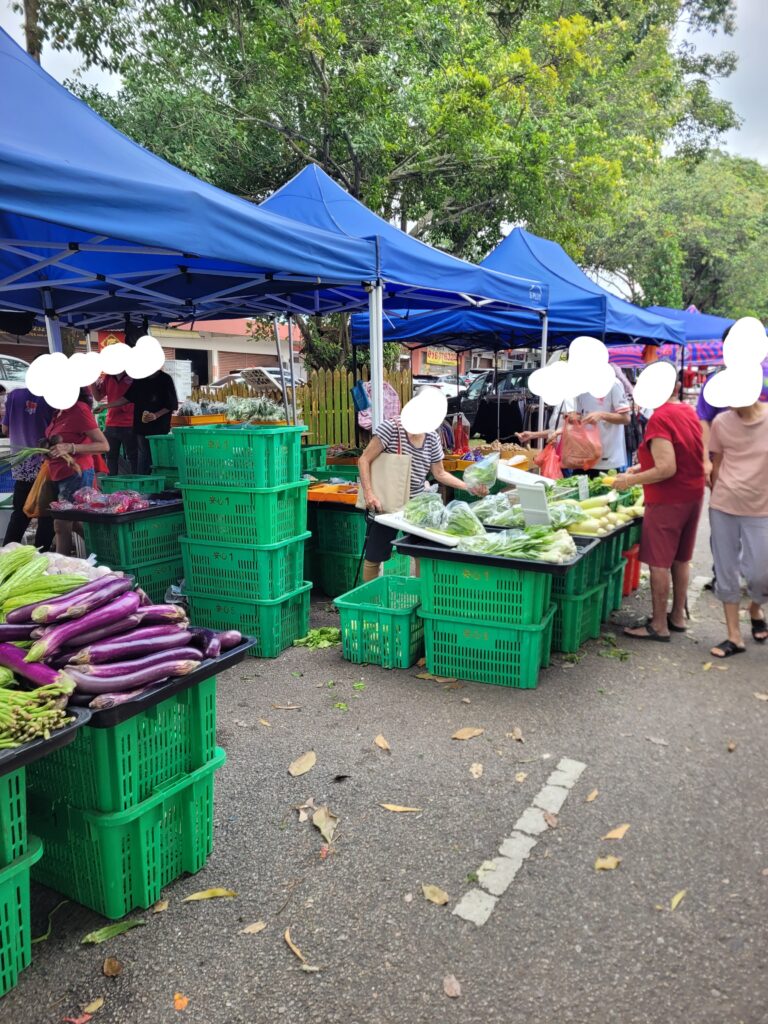
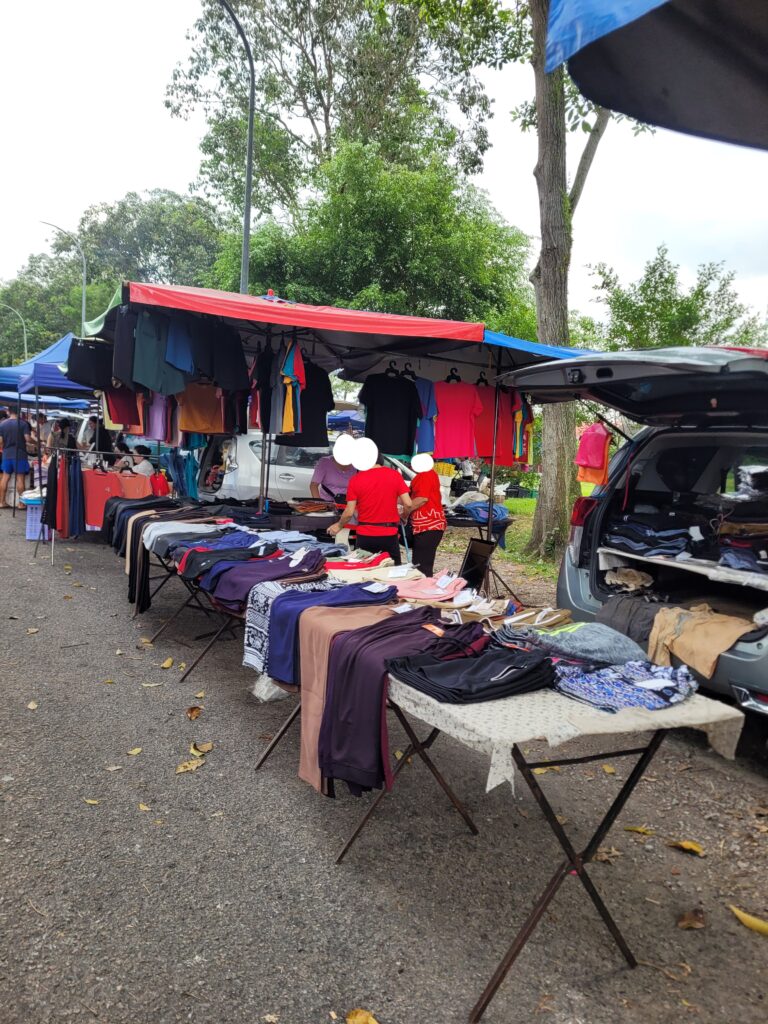
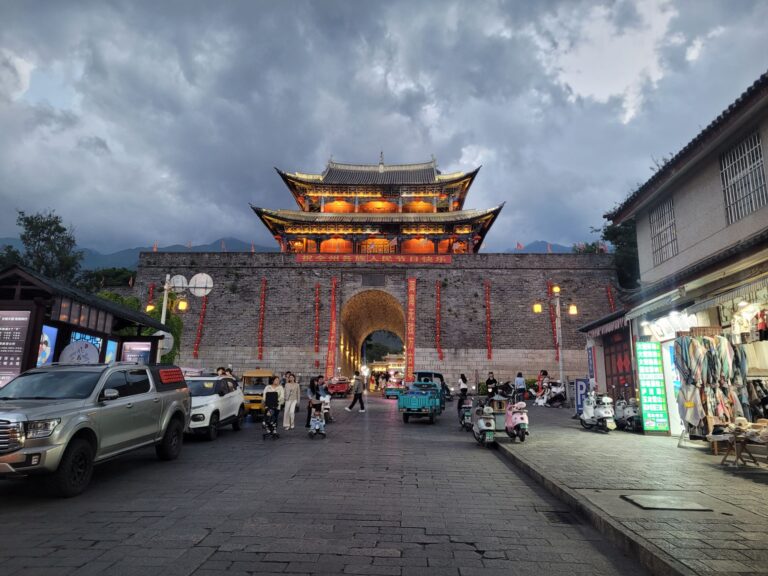
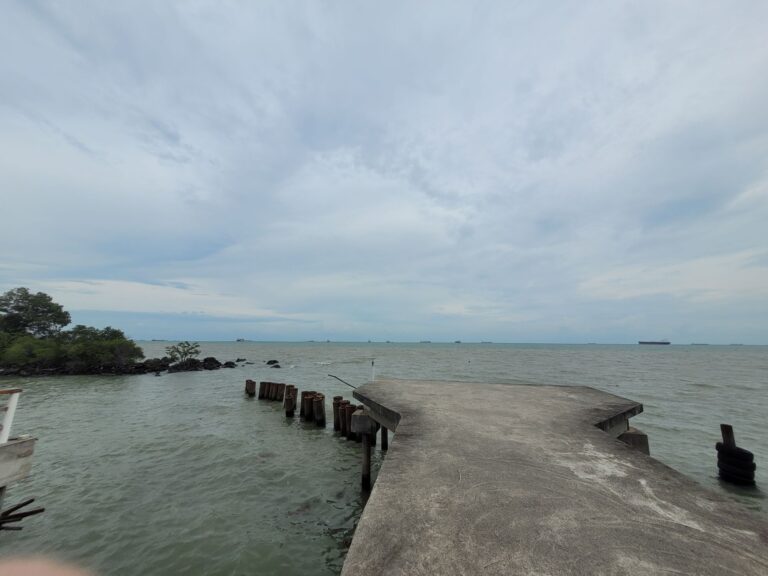
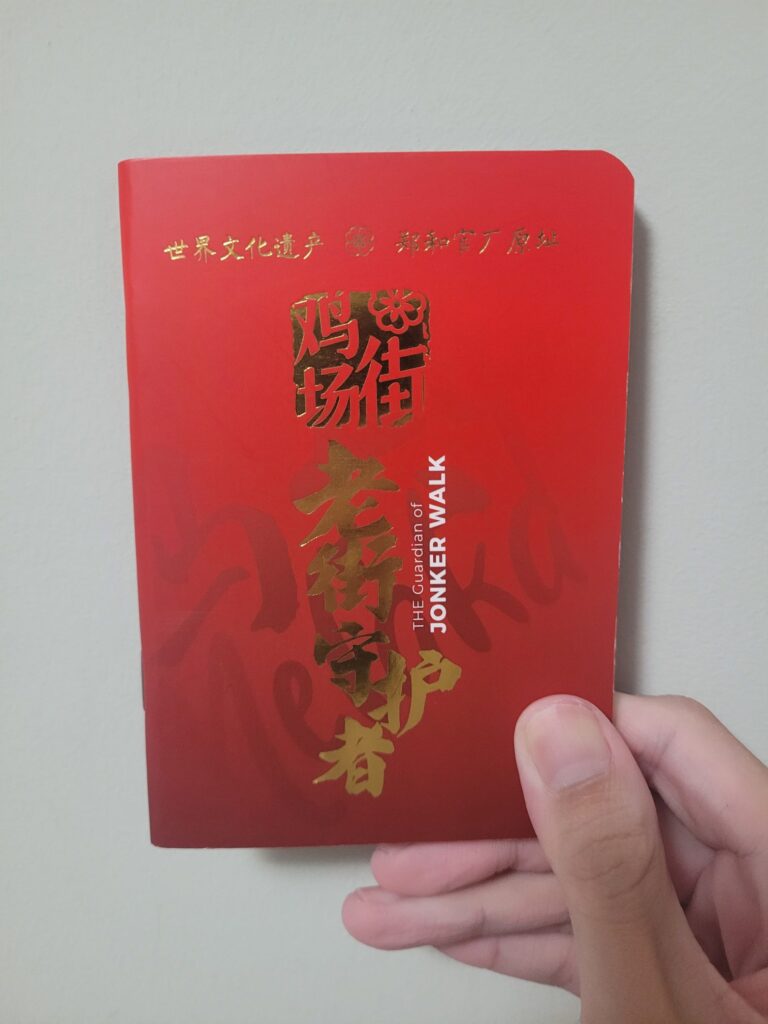
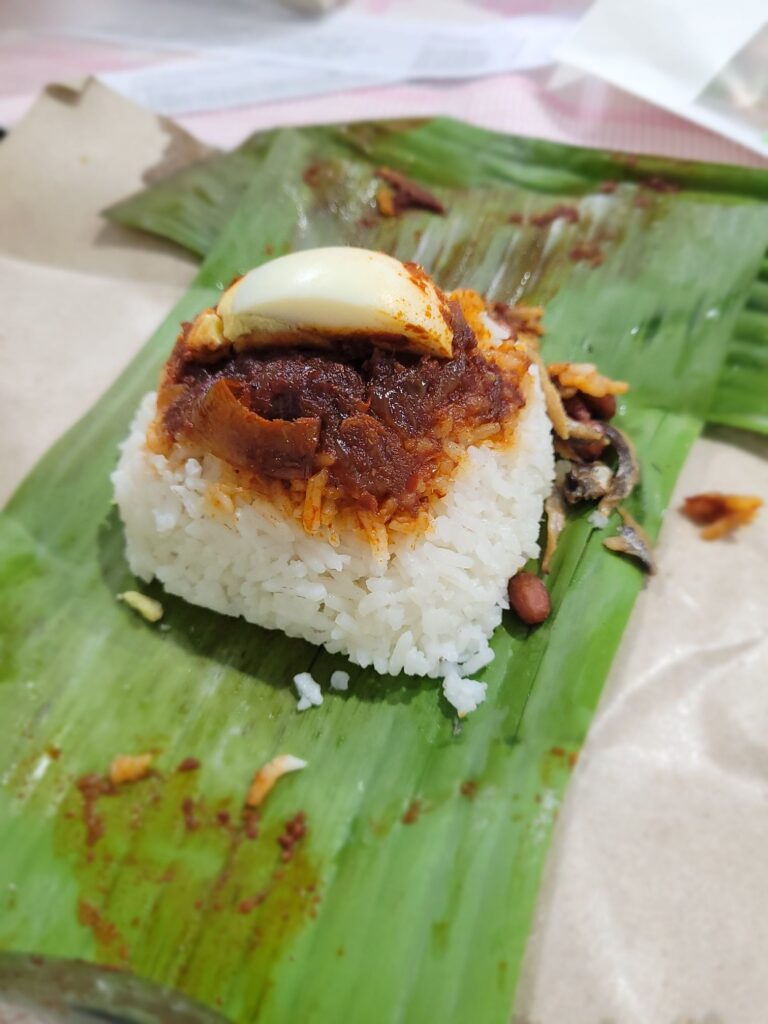
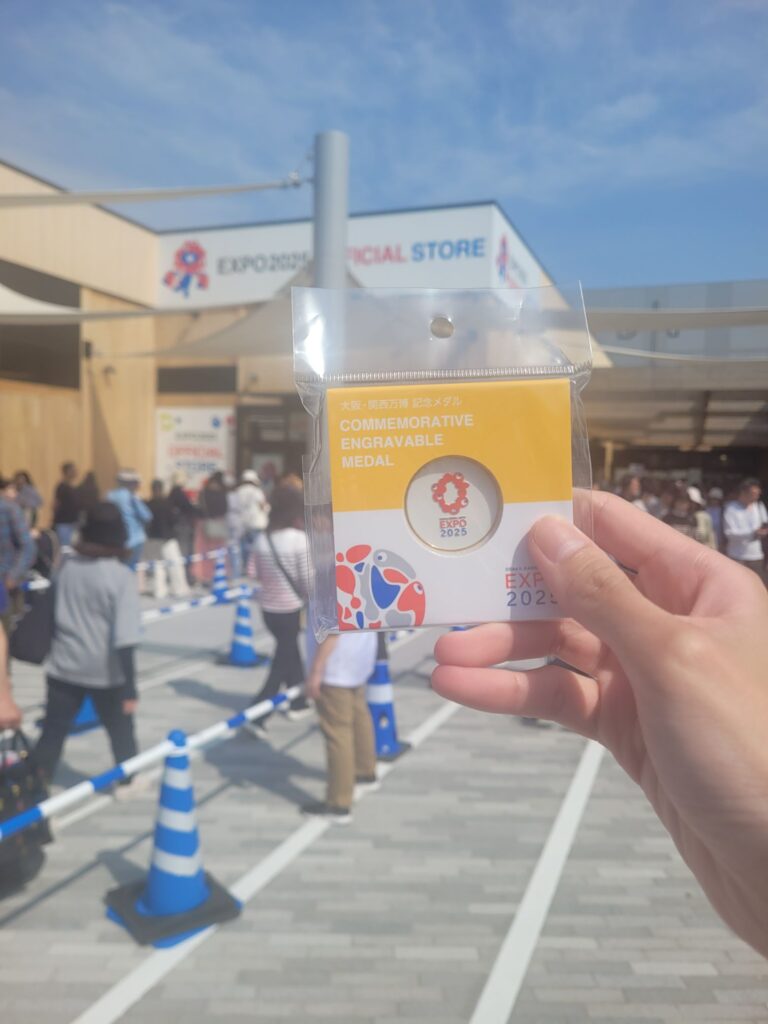
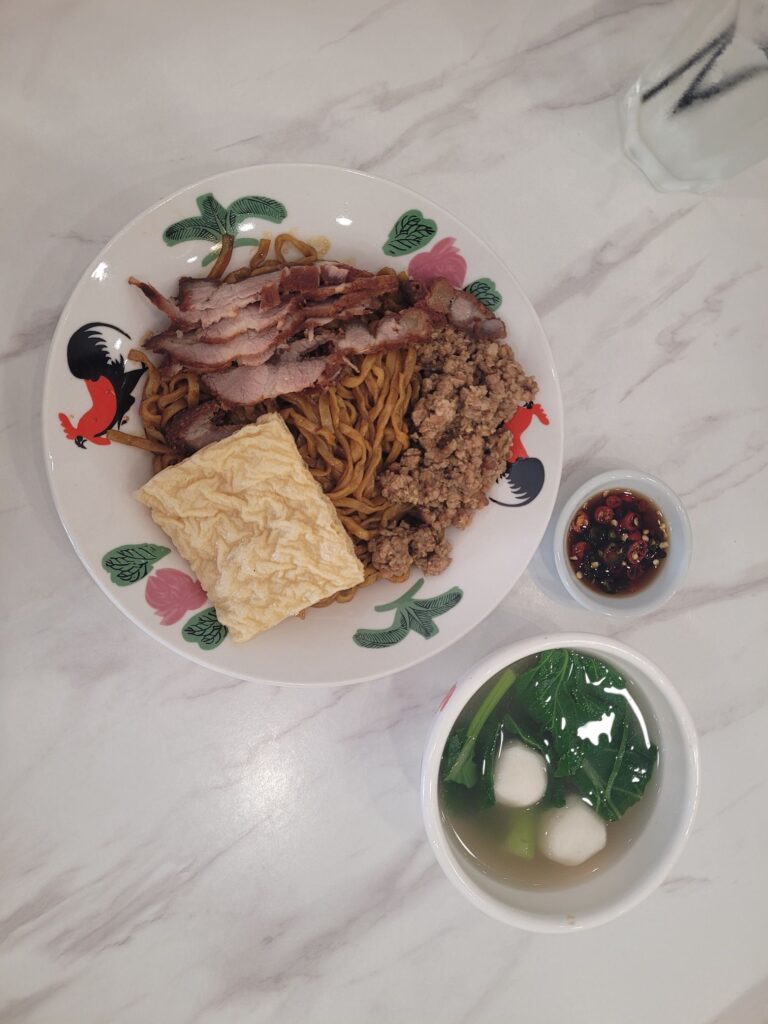
One Comment